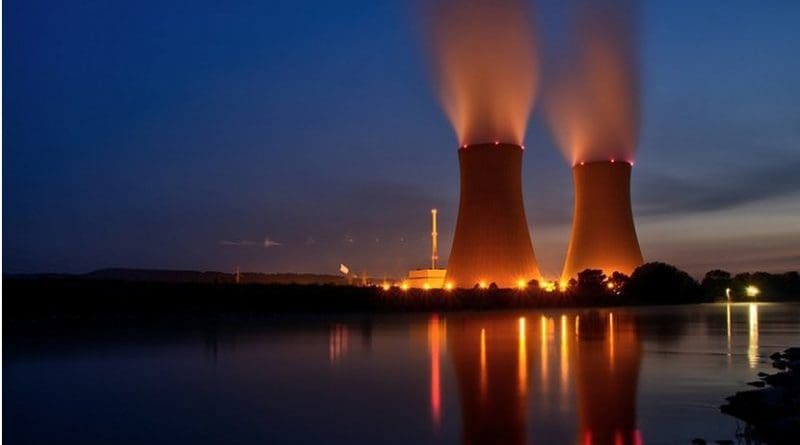India: Net-Zero Will Need Nuclear, Report Finds
India can achieve clean, affordable electricity and become net-zero by 2070 – but will need substantial nuclear power and renewable energy to do this, according to a new in-depth report prepared for the Indian government.
Synchronizing energy transitions towards possible Net-Zero for India: Affordable and clean energy for allwas launched by Ajay Kumar Sood, principal scientific adviser to the Government of India, on 3 April. The 224-page report was prepared by the Indian Institute of Management Ahmedabad (IIMA) as part of a project sanctioned in November 2021 by the Office of the Principal Scientific Adviser (PSA) to the Government of India. The aims of the project were to carry out a comprehensive study looking at methods for minimising the cost of power at the consumer end and to work out an optimum mix for all sources of power to reach net-zero emissions.
The IIMA project team was led by Amit Garg under the guidance of an expert group constituted by the Office of the PSA which included representatives from the coal, nuclear, solar, wind and biofuels generation sectors. The report was independently reviewed by Tata Consulting Engineers Limited.
At the COP26 climate conference in Glasgow in November 2021, Prime Minister Narendra Modi pledged that India would achieve net-zero carbon emissions by 2070. To achieve this, the report notes, India’s electricity sector will need to decarbonise “well before” then. The study explores how the country can achieve clean and affordable electricity under four different net-zero (NZ) pathways and maps out its future energy requirements under seven alternative scenarios ranging from low to high economic growth, aligned with India’s ambition of achieving “developed country” status by 2047.
Coal is projected to continue for the next two decades as the backbone of Indian energy system, but nuclear power generation forms a substantial portion in all of the NZ pathways. “However, slowly but surely, non-fossil energy (renewable and nuclear) needs to replace the fossil fuel share,” the report notes. “Net-Zero is a challenge for India. Multiple transitions have to happen almost simultaneously across energy supply and end-use sectors.”
“No NZ is possible without substantial nuclear power generation in 2070,” the report concludes. This would require significant investments in research, development, and large-scale deployment of nuclear technologies. But the cost to end users under the NZ1 scenario – which is described as having a “thrust” on nuclear energy and includes a nuclear capacity of 331 GWe by 2070 – is found to be the lowest among all NZ options. “This is an important insight and should guide the policy and technology basket at the national level,” it adds. The establishment of a carbon price in India could generate further funds to “fill the investment gap in achieving the nuclear thrust”.
Recommendations
Among its recommendations, the report calls for a “level playing field” for all low-carbon technologies with new, innovative finance and/or transition finance mechanisms to avoid preferential treatment for any technology, and life-cycle assessments for all alternative energy systems.
Trade bans and India’s lack of indigenous uranium have hampered nuclear energy’s momentum in the past until the more recent opening of the civil international uranium trade, the report notes. It recommends that uranium storage facilities are commissioned to allow for resilience.
“Institutional arrangements may be scaled up so that more nuclear power could be commissioned easily and early. This may include public private partnerships. Special economic zones could be set up in areas where nuclear power/hydrogen cogeneration can take place alongside industrial operators with large demand for these commodities.”
Synchronizing energy transitions was one-third funded by Nuclear Power Corporation of India Ltd.

